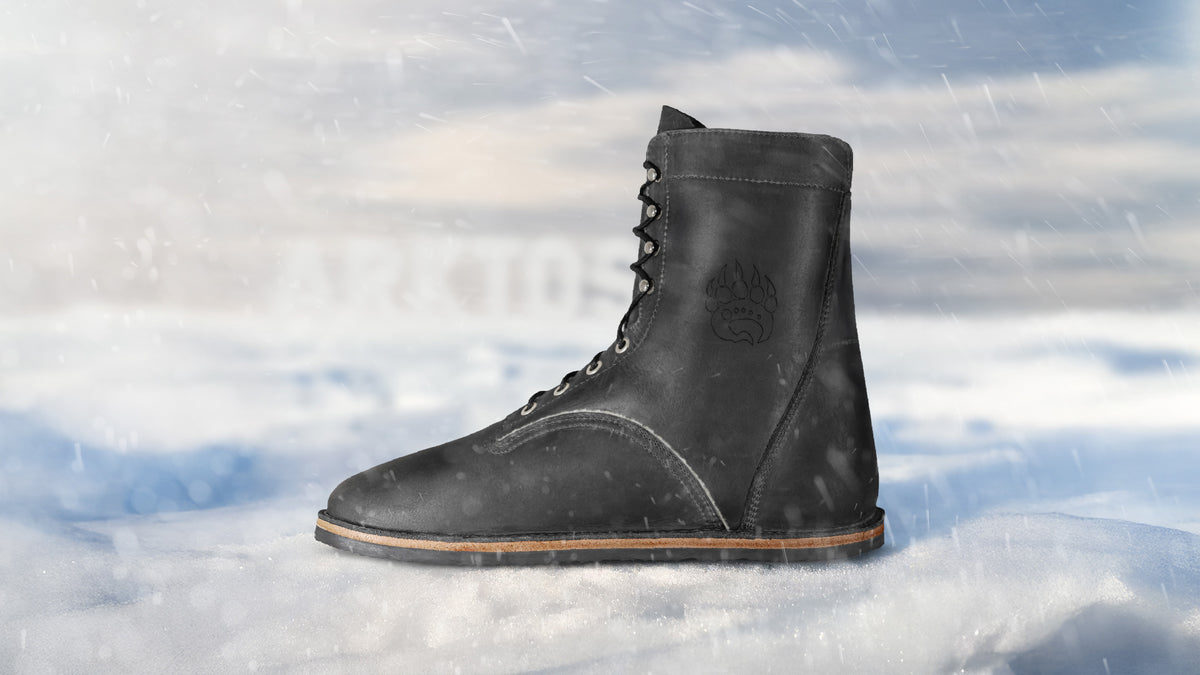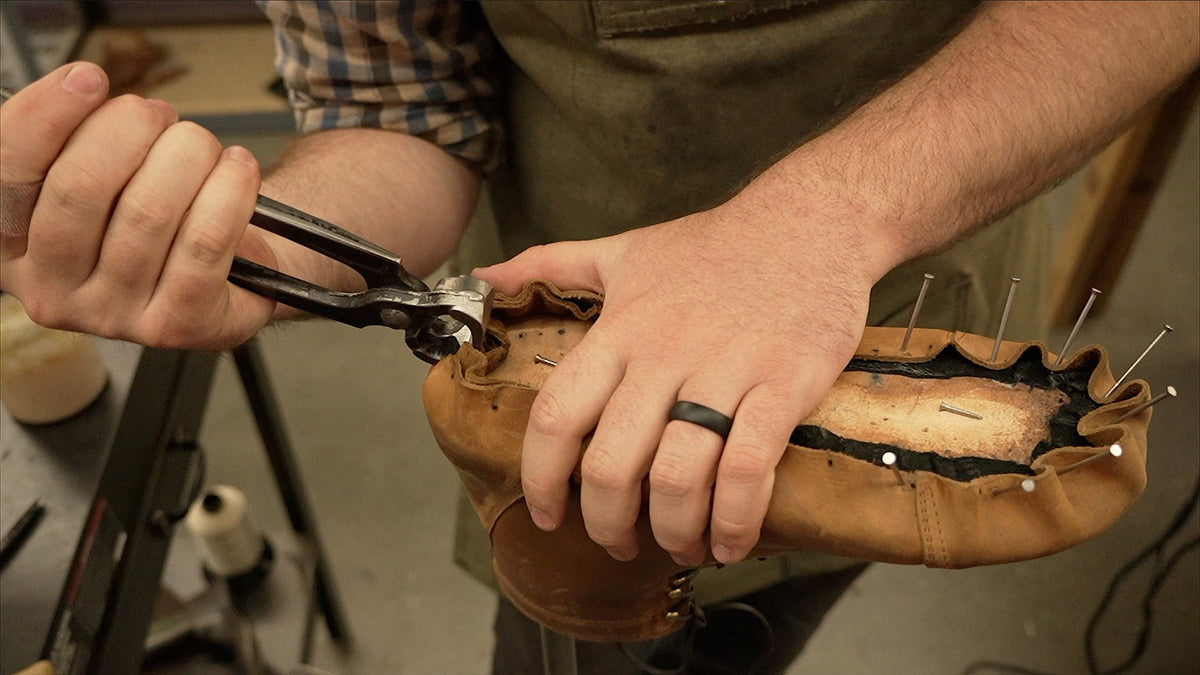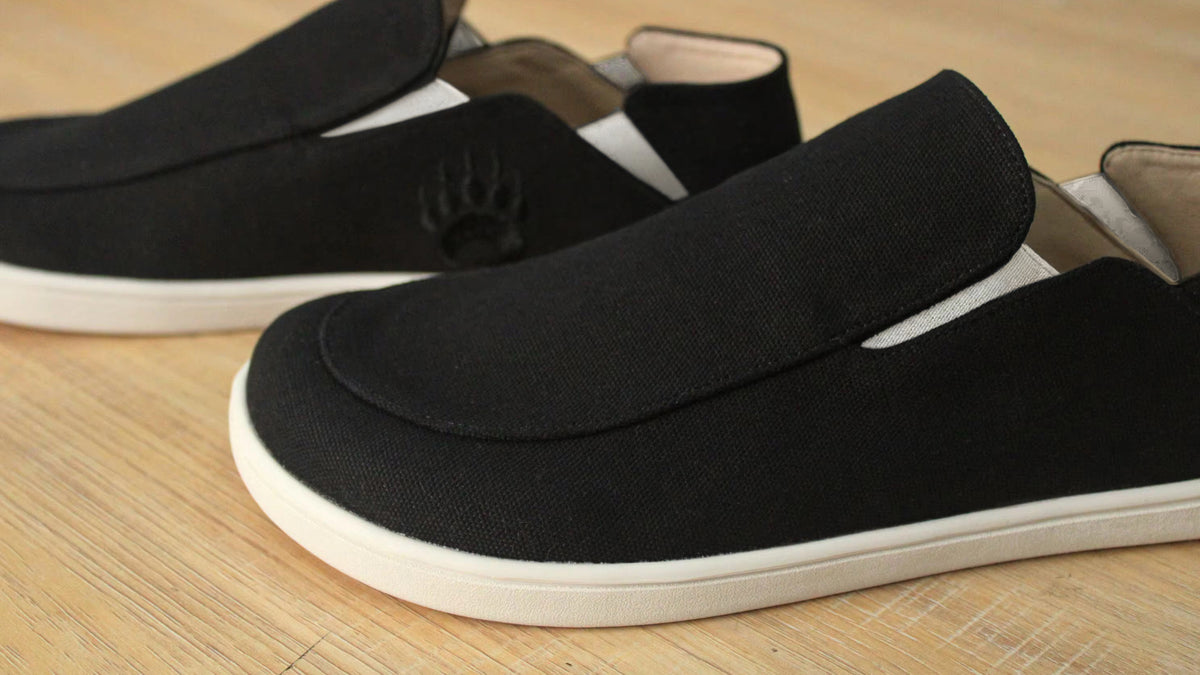Do Barefoot Shoes Really Cause Sore Feet: The Truth Revealed
Barefoot shoes have become popular among runners, fitness enthusiasts, and anyone seeking a more natural foot experience. But a pressing question still floats around—do barefoot shoes cause sore feet? Let’s break down the science, bust some myths, and see what you really need to know before slipping on your first pair.
Why Do Barefoot Shoes Make Your Feet Sore?
Let’s be upfront: yes, barefoot shoes can make your feet sore, especially in the beginning. This soreness isn’t a sign that barefoot shoes are bad for you. Rather, it’s a natural response, much like starting a new workout routine at the gym.
The Beginner’s Mistake: Too Much Too Soon
Think about your first day at the gym. Imagine jumping in and doing 50 squats with heavy weights. You’d be sore the next day, right? The same concept applies when transitioning to barefoot shoes. If your feet are used to heavily cushioned, supportive footwear, suddenly switching to minimalist shoes taxes underworked muscles and tissues.
- Barefoot shoes allow your feet to move and flex more naturally.
- Your muscles, tendons, and bones have to work harder than they’re used to.
- This increased load leads to temporary soreness as your body adapts.
Scientific Insights: What Research Says
A 10-week study on runners by Emily Ridge at Brigham Young University found an increased risk of bone edema (bone bruising) among new barefoot shoe users. While this sounds alarming, the cause wasn’t the shoes—it was transitioning too quickly. If you don’t give your feet time to strengthen, you’re risking more than just sore feet.
The Long-Term Benefits of Barefoot Shoes
Here’s the good news: over time, barefoot shoes actually help you develop healthier, stronger feet. Multiple studies, including those by Ridge, have shown that people living in barefoot or minimalist environments enjoy better overall musculoskeletal health throughout their lifespan.
What Happens With Consistent Use?
- Children experience fewer foot deformities and stronger arches.
- Older adults report improved balance, fewer falls, and delayed onset of foot weakness.
- Adults enjoy better running form, decreased knee pain, and stronger Achilles tendons.
- Improved blood flow and proprioception (foot awareness), especially helpful for those with diabetes or neuropathy.
These benefits aren’t just theoretical—they’re visible in MRI scans and real-world outcomes.
How to Transition to Barefoot Shoes Safely
Soreness from barefoot shoes is a natural signal to slow down and let your body adapt. If you want to enjoy the advantages without unnecessary pain, use the principle of periodization—gradually increasing stress and workload over time.
- Start by wearing barefoot shoes for short periods, like during warmups or daily errands.
- Add more time as your strength and comfort grow.
- If you’re a runner, don’t make the rookie mistake of running your usual distances right away. Slowly introduce barefoot shoes into your training.
- Pace yourself—if you feel pain (not just mild soreness), back off and allow recovery.
This progression allows tissues to adapt, building stronger muscles, bones, and tendons over time.
Do Foot Exercises Help?
The video highlights a surprising fact: simply wearing barefoot shoes can strengthen your feet as much as specific foot-strengthening exercises! Still, combining both is likely even better—just be sure to introduce changes slowly to prevent overuse injuries.
Common Barefoot Shoe Myths—Busted
-
Myth 1: Barefoot shoes only cause injury and soreness.
Reality: Proper transition leads to adaptation, strength, and long-term health benefits. -
Myth 2: Supportive, cushioned shoes are always better.
Reality: Underuse and atrophy of foot tissues often result from too much support, leading to plantar fascia problems and weakness. -
Myth 3: You should jump right into regular use.
Reality: Ease in! Too much, too soon risks injury and prolonged soreness.
Tips for a Smooth Barefoot Shoe Journey
- Introduce barefoot shoes gradually—short walks, light training, casual wear.
- Pay attention to your body’s feedback; back off if soreness turns to pain.
- Try barefoot or minimalist shoes that let your foot spread, flex, and grip naturally—avoid overengineered designs.
- Combine with simple foot exercises if possible for added benefit.
- Understand that building foot strength is a process, much like any other muscle group.
Conclusion: Are Barefoot Shoes Worth It?
Barefoot shoes may cause minor soreness when you first start using them, but that’s a sign your feet are being challenged and are about to get stronger. By easing into barefoot footwear and listening to your body, you’ll reduce your risk of injury, boost foot health, and gain long-term benefits that go far beyond just your feet.
Ready to start your barefoot shoe journey? Take it slow, savor the transition, and invest in your foot health for the long run. For more tips and advice on barefoot shoes and foot training, check out our detailed guides and expert insights. Your feet will thank you!



